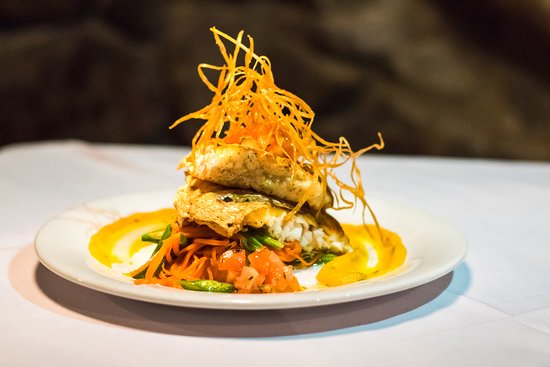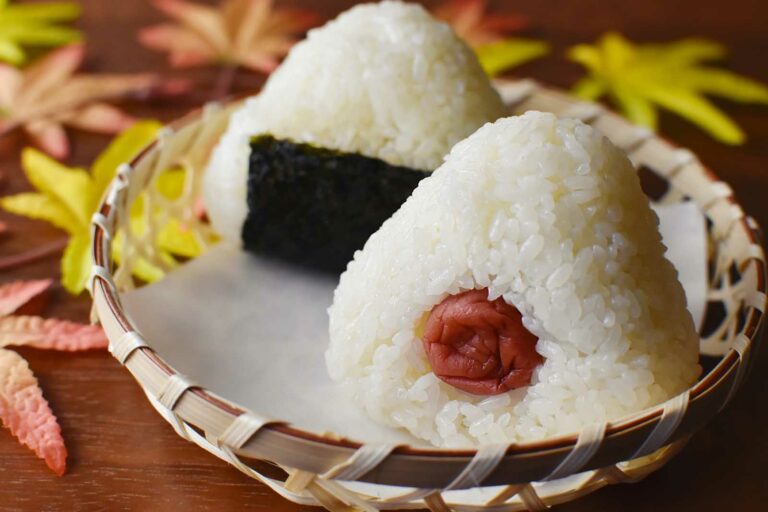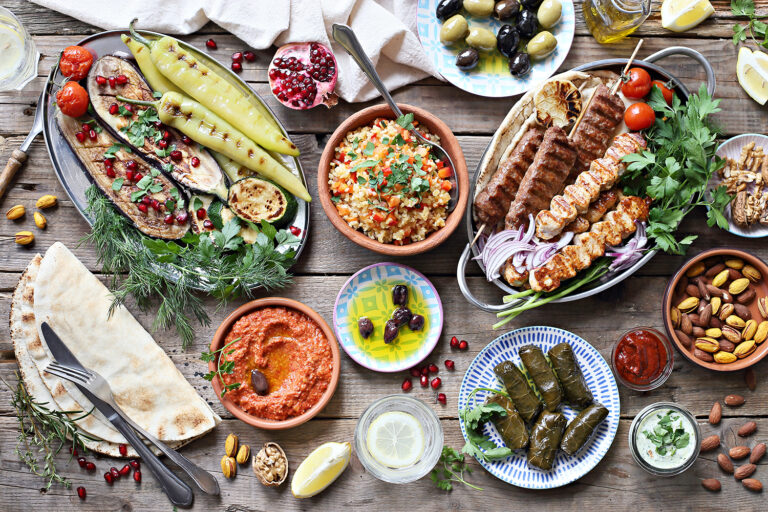Introduction: Examining Grenadian Cuisine
Grenadian cuisine is a fusion of African, European, and indigenous Carib influences. The island’s fertile soil and tropical climate provide a bountiful supply of fresh produce, spices, and seafood. Grenadian cuisine is known for its bold flavors, aromatic spices, and colorful presentation. The island’s local markets are a feast for the senses, with vendors selling everything from exotic fruits and vegetables to fresh fish and spices.
The Role of Seasonal Ingredients in Grenadian Cooking
Seasonal ingredients play a crucial role in Grenadian cooking, as they ensure the freshest and most flavorful dishes. Grenada’s tropical climate allows for year-round availability of many fruits and vegetables, but certain crops are only grown during specific seasons. By incorporating seasonal produce into their dishes, Grenadian chefs are able to create unique and delicious meals that showcase the island’s natural bounty.
Seasonal Produce and Fruits Found in Grenada
Grenada is home to a wide variety of seasonal produce and fruits, including mangoes, papayas, guavas, passion fruit, sour sop, breadfruit, and plantains. These fruits are used in a variety of dishes, from sweet desserts to savory stews. Vegetables such as okra, pumpkin, and callaloo are also grown seasonally and incorporated into Grenadian cuisine. In addition to fresh produce, Grenada is also known for its spices, such as nutmeg, cinnamon, and cloves, which are harvested and used in many dishes.
The Importance of Freshness in Grenadian Cuisine
Freshness is essential in Grenadian cuisine, as it ensures the best possible flavor and nutritional value. Most Grenadian dishes are made with locally sourced ingredients, which are harvested at peak ripeness and used immediately. Traditional cooking methods such as slow simmering and grilling also help to enhance the natural flavors of the ingredients. By prioritizing freshness and quality, Grenadian chefs are able to create dishes that are both delicious and nutritious.
Traditional Grenadian Dishes that Use Seasonal Ingredients
Many traditional Grenadian dishes incorporate seasonal ingredients, such as callaloo soup, pumpkin fritters, and mango chutney. Callaloo soup is a hearty stew made with callaloo leaves, okra, and coconut milk. Pumpkin fritters are a popular street food, made with grated pumpkin, flour, and spices. Mango chutney is a sweet and spicy sauce made with fresh mangoes, vinegar, and spices. These dishes are just a few examples of how seasonal ingredients are used in Grenadian cuisine to create unique and flavorful meals.
Conclusion: Embracing Seasonality in Grenadian Cooking
Seasonal ingredients are an essential aspect of Grenadian cuisine, as they ensure the freshest and most flavorful dishes. By embracing seasonality, Grenadian chefs are able to create unique and delicious meals that showcase the island’s natural bounty. Whether it’s fresh mangoes in the summer or pumpkins in the fall, Grenadian cuisine celebrates the changing seasons and the abundance of fresh produce that each season brings.









